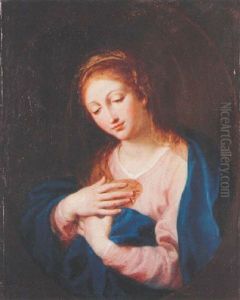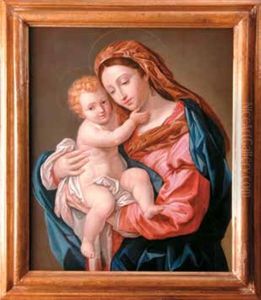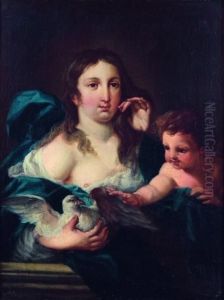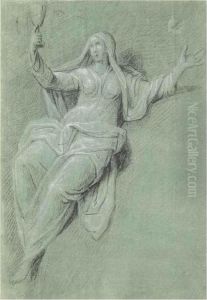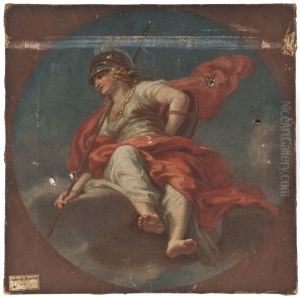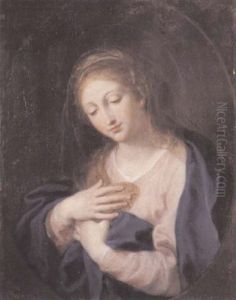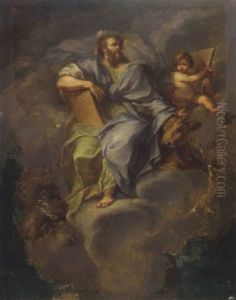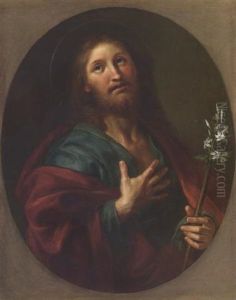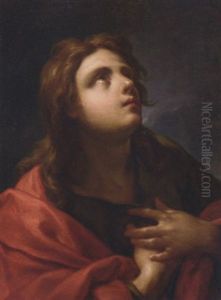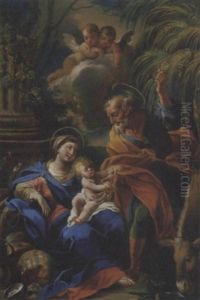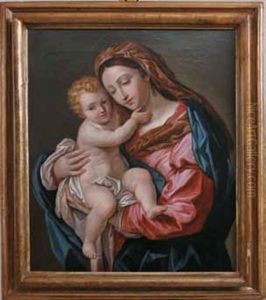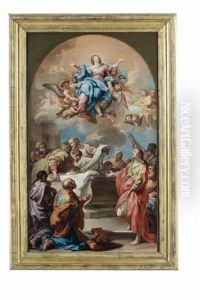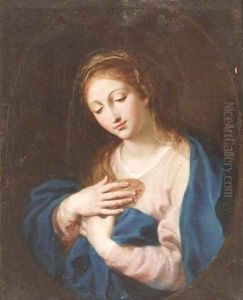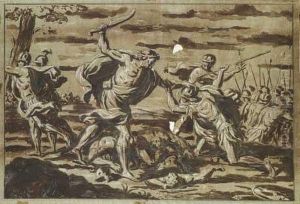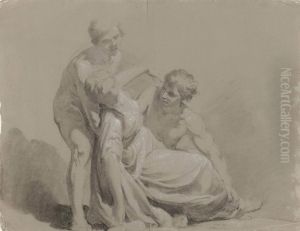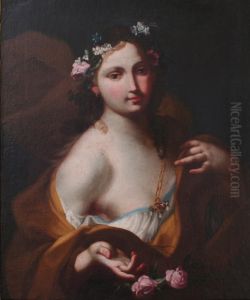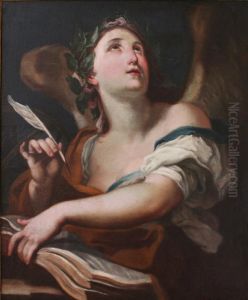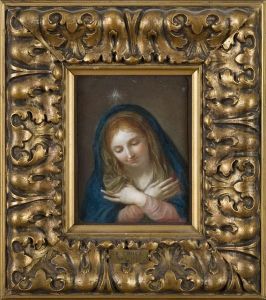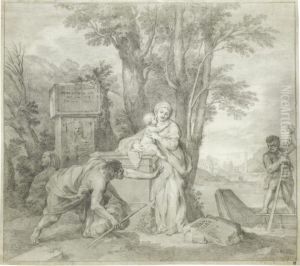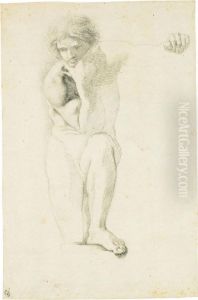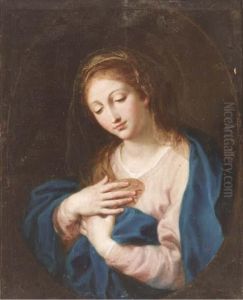Tommaso Conca Paintings
Tommaso Conca, also known as Tommaso Maria Conca, was an esteemed Italian painter born in 1734 in Gaeta, then part of the Papal States. He hailed from a family of artists, which significantly influenced his early education and eventual career path. His uncle, Sebastiano Conca, a well-known painter of the late Baroque period, was particularly instrumental in shaping Tommaso's early artistic development. Under Sebastiano's guidance, Tommaso honed his skills and developed a style that, while influenced by his uncle's work, began to show signs of his unique artistic voice.
Conca moved to Rome, where he immersed himself in the vibrant artistic culture of the time. He became associated with several important artistic circles and worked on various projects that helped him gain recognition. His talent was particularly evident in his frescoes and large-scale religious paintings, which were characterized by their dramatic expression, vibrant colors, and dynamic compositions. These works garnered him significant commissions from churches and noble families in Rome and beyond.
Throughout his career, Tommaso Conca was celebrated for his contributions to the Rococo and early Neoclassical movements. His ability to blend the grandeur and dynamism of the High Baroque with the emerging clarity and simplicity of Neoclassicism won him many admirers. Among his notable works are the frescoes in the vault of the famous Roman church, Santa Maria in Domnica, and his contributions to the decoration of the Vatican under the patronage of Pope Pius VI.
Despite his success, Tommaso Conca's work was later overshadowed by the more revolutionary figures of the Neoclassical movement, such as Jacques-Louis David and Antonio Canova. Nevertheless, his paintings and frescoes remain valuable examples of the transitional period in Italian art, reflecting the shifts in taste and style from the late 18th to the early 19th century.
Tommaso Conca passed away in 1822 in Rome, leaving behind a legacy that, although not as widely recognized as some of his contemporaries, is appreciated for its artistic merit and historical significance. His work continues to be studied and admired by art historians and enthusiasts, offering insights into the complexities and transformations of Italian art during a period of significant cultural change.
